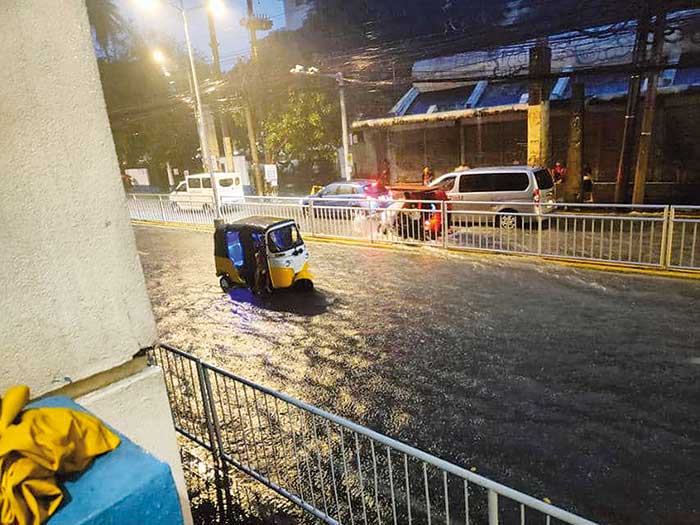The Environmental Management Bureau (EMB) has enabled its Integrated Information System (IIS) to record the amount of waste collected, hauled and transported from local government units (LGUs) to solid waste management or treatment facilities.
William Cuñado, EMB director, said the new feature in the IIS aims not just to continuously educate LGUs on environmental management but also to monitor these LGUs’ compliance to minimum standards and requirements in the collection of solid waste.
Under Section 24 of the Ecological Solid Waste Management Act of 2000, Environmental Monitoring Officers (EnMOs) are tasked to monitor the recommendations given by the EMB to LGUs, such as providing trucks for collection of recyclables like glass, metals, plastics and waste paper to be transported to the materials recovery facilities, recycling facilities, or contracted junk shops; collection of compostable or biodegradable wastes to be transported to composting facilities; and collection of household infectious wastes or COVID-19 related wastes.
EnMOs are also tasked with ensuring unsegregated or mixed solid waste at the source will not be collected while LGUs are required to submit their daily and monthly reports through the EMB IIS.
The EnMOs will then consolidate the LGUs’ monthly report for the updating of solid waste management regional data on the quantity of waste collected, hauled and transported to the waste facilities.
Cuñado said some residents practice waste segregation in their homes but the garbage is mixed by waste collection crew in dump trucks.
“Hence, the efforts of the residents and establishments in practicing proper waste segregation at source are disregarded… Through the monthly consolidation of manifest form per LGU submitted to IIS, we can respond immediately and monitor the commitments of the LGUs with the primary emphasis on their biodegradables, recyclables, residuals, household hazardous wastes, and especially the management of the COVID-19 related wastes,” Cuñado added.
The Manila Bay Coordinating Office (MBCO) said it also held last week an interagency meeting with the Department of Public Works and Highways (DPWH), the Metropolitan Manila Development Authority (MMDA) and the Manila city government for the “reinforcement of collective actions to address the recent flooding experienced in the city of Manila.”
Jonas Leones, undersecretary for policy, planning and international affairs of the Department of Environment and Natural Resources, said the holistic design of the Manila Bay rehabilitation involves mitigating measures to accommodate heavy rains and prevent flooding.
“Part of the overall rehabilitation plan is to install mitigating strategies and infrastructures that address flooding. These measures, which are managed by the DPWH and MMDA, are necessary as these ultimately affect the Manila Bay waters,” Leones said.
Jacob Meimban, MBCO director, said the Taft-United Nations, Padre Faura and Ermita-Malate areas which recently experienced heavy flooding will be prioritized as these are low-lying and flood-prone areas.
Meimban said declogging of drainage canals especially in the identified areas are also underway.
Meimban said the DENR is planning to provide funding for the declogging operations as well as the installation of mobile pumping stations in the Baywalk area, reconstruction of floodgates and construction of other flooding interventions in coordination with other government agencies.
The DPWH said it will work on constructing more box culvert canals and pumping stations on T .M. Kalaw and Taft avenues. Jed Macapagal





